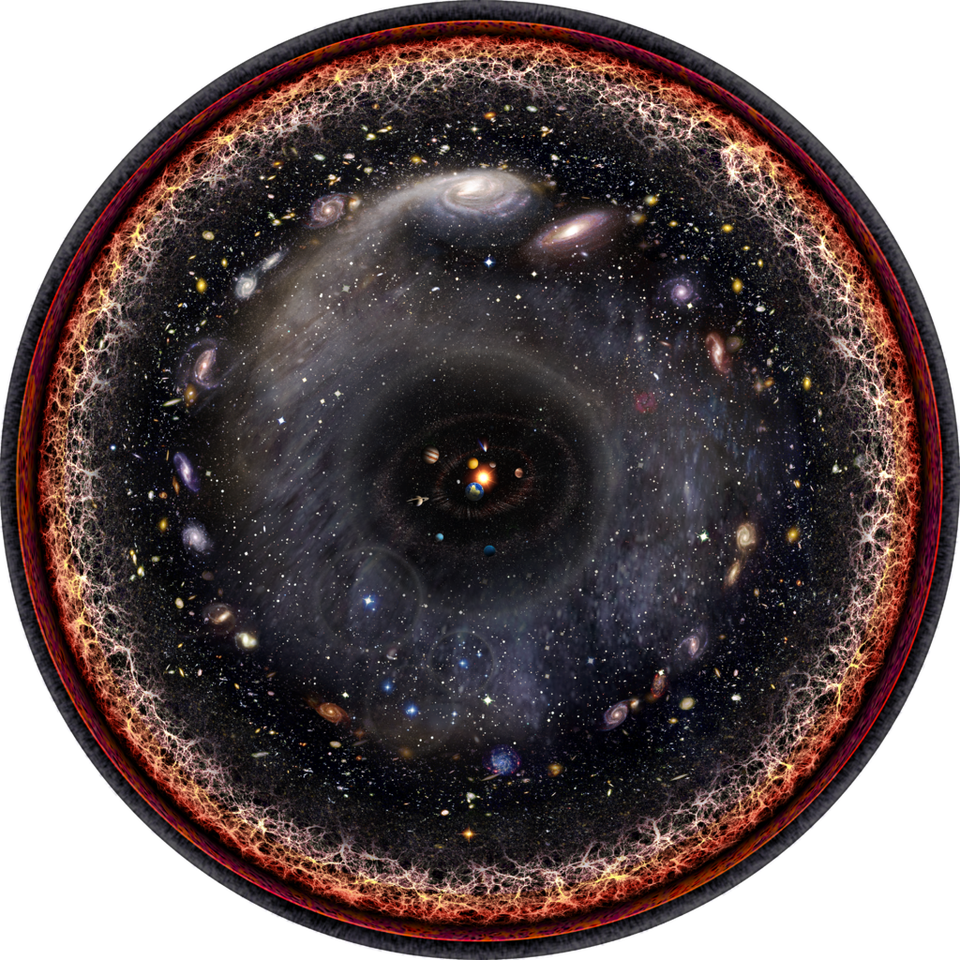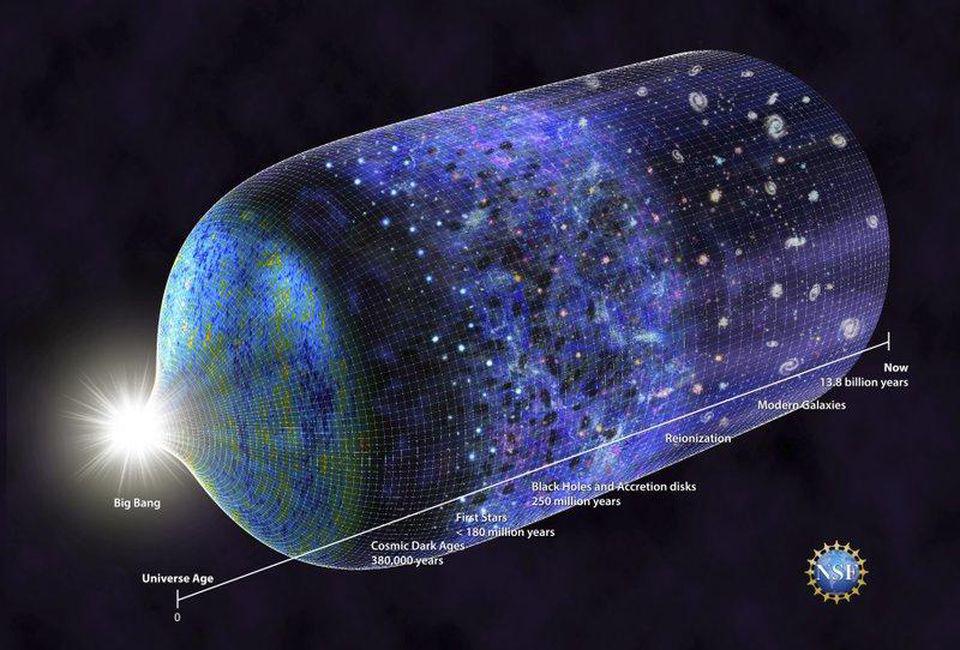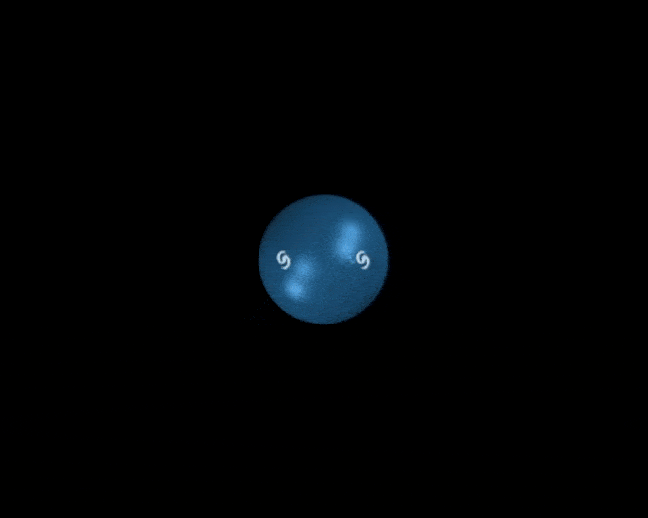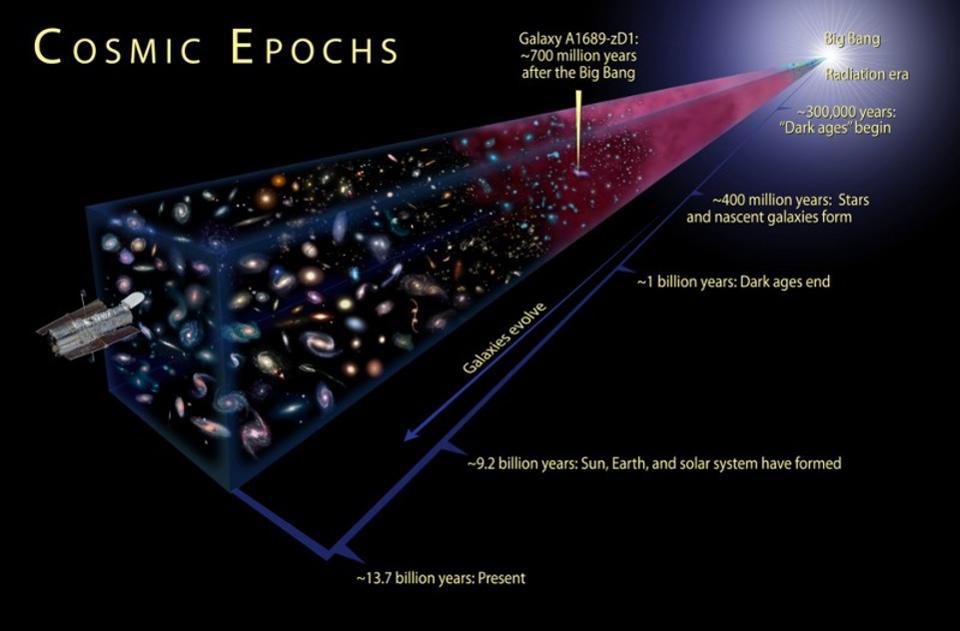How we know the Universe is expanding
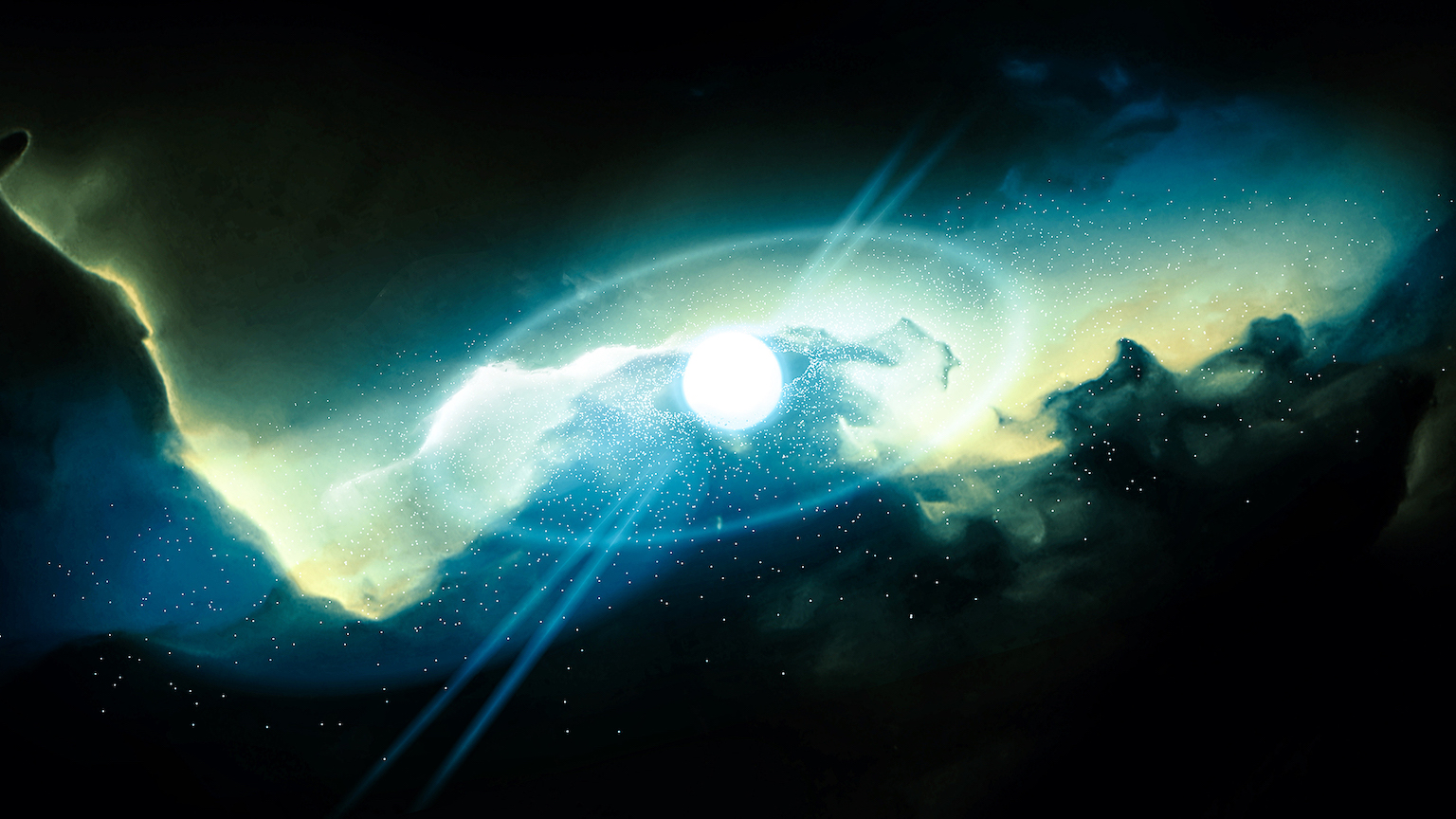
- Fewer than 100 years ago, astronomers thought that the Milky Way was the only galaxy in the Universe.
- In 1924, Edwin Hubble showed that nebulae were, in fact, other galaxies, separated by vast distances.
- In 1929, Hubble showed that these other galaxies were moving away from one another with speeds proportional to their distance. The expanding Universe was born, and it is nothing like an exploding bomb.
Fewer than one hundred years ago, astronomers thought that the Milky Way galaxy was the only galaxy in the Universe. The blurry nebulae telescopes captured were understood as gas clouds within the confines of our galaxy. Results indicated that the Universe was static, not changing in time.
One exception was the findings of Vesto Slipher, an American astronomer who, as early as 1912, noted that the Andromeda nebula was moving toward the Sun at about 186 miles per second. To do this, he used the Doppler effect, the distortion in wave motion due to the movement of a source (or the observer). We experience the Doppler effect every time we hear an ambulance or a horn moving toward or away from us. If toward us, the sound waves get compressed and the pitch is higher; if away from us, they get extended and the pitch is lower. The same happens with light waves. Slipher conjectured that Andromeda was moving toward us, as its light was shifted to the blue end of the light spectrum.
He was right. We now know that Andromeda is not only moving toward us but that it will collide with the Milky Way roughly four or five billion years from now — forming the “Milkdromeda” galaxy.
By 1917, Slipher measured the radial velocities (the component of the speed toward us) of several other nebulae, concluding that they were redshifted — that is, moving away from us. Few scientists in Europe had heard of Slipher’s results. Even in the U.S., they were controversial. In 1917, Einstein proposed the first cosmological model of the modern era, using his brand new general theory of relativity. He assumed a static Universe.
The Great Debate of 1920
On April 20, 1920, Harlow Shapley, from the Mount Wilson Observatory, and Heber Curtis, from the Allegheny Observatory in Pittsburgh, met on stage to debate the nature of galaxies, an event sponsored by the National Academy of Sciences. Were nebulae “island universes” outside the Milky Way, or was the Milky Way the only galaxy, surrounded by the vastness of empty space? The meeting, known as The Great Debate, is a powerful example of how preliminary data can be interpreted in different ways, all seemingly reasonable. It also illuminates why better data is essential for sound scientific research.
Shapley believed the Milky Way was much bigger than most realized, thus having plenty of room to fit all the nebulae. Curtis proposed the opposite, that the nebulae were other galaxies, outside the Milky Way. Although Shapley seemed to have the upper hand in the debate, it ended inconclusively.
Hubble wins using standard candles
This is where Edwin Hubble comes in, to end the dispute once and for all.
Hubble used the 100-inch Mount Wilson telescope to identify what astronomers call “standard candles” in other nebulae — that is, sources of light that work the same way everywhere. Imagine that, in a dark night, you place identical electric flashlights at different distances in an open field. By measuring their relative brightness, it is possible to use the inverse-square law to determine how far they are from you. (The law says that the intensity of the light falls with the square of the distance to the source.)
Hubble found standard candles in many galaxies: stars known as Cepheid variables that pulsate with a very typical periodicity. (For that, he had to thank Henrietta Levitt’s spectacular work on Cepheids at the Harvard Observatory.) Starting from sources nearby, Hubble constructed a “cosmic distance ladder,” jumping to farther distances with his standard candles.
Early in 1924, Hubble wrote to Shapley to tell him that he had found Cepheid variables in Andromeda. Shapley understood immediately that his view of the Universe was dead. By the end of 1924, Hubble had discovered dozens of Cepheids in Andromeda and in 22 other spiral nebulae. Their distances were in the millions of light-years. The Great Debate was over: the Universe is populated by “island universes,” galaxies separated by vast distances. But it was still static.
From a static Universe to Hubble’s law
Meanwhile, theoretical models of the Universe proposed a view contrary to Einstein’s. The Universe could change in time. And if it did, galaxies should move away from one another, carried by the stretching of space like corks by a river (with some caveats).
In 1917, the Dutch cosmologist Willem De Sitter suggested that an empty Universe with a “cosmological constant” would expand exponentially fast. (Einstein had proposed a cosmological constant in 1917 as a kind of repulsive agent that worked against gravity’s attraction to keep his universe static. Remove matter, and it makes the universe grow really fast.)
In 1922, the Russian Alexander Friedmann proposed that even a Universe without a cosmological constant could also expand and contract, depending on how much matter it contained. A few years later, the Belgian priest and cosmologist Georges Lemaître proposed a primeval atom model, where the Universe would emerge from the decay of a huge radioactive ball of neutrons and would proceed to expand, giving rise to galaxies and stars. (For the interested reader, there are many nontechnical books on the history of cosmology.)
But only data can breathe life into theories, exciting as they may be. After meticulous work, in 1929, Hubble and his assistant Milton Humason announced that observations supported an expanding Universe. Hubble identified his needed standard candles — very bright stars, brighter even than Cepheids, in 46 galaxies — concluding that galaxies moved away from one another at velocities proportional to their distances. The relation is now known as Hubble’s law, the simple relation describing how space expands.
The expanding Universe is not like a bomb
The expansion of the Universe is often confused with an exploding bomb. It isn’t anything like it. With a bomb, there is a center where the bomb explodes, and the shrapnel flies away from that center point. Space remains fixed as a background.
On the other hand, the expansion of the Universe is an expansion of space itself. It is as if the ground underneath your feet started to stretch in two directions (because the ground is two-dimensional), carrying everything with it. I often use a classroom with desks as an illustration. The desks move away from one another, and you see your fellow students move away too. If each is a galaxy, all galaxies move away from each other as the ground stretches. None is more central than the other.
The expanding Universe is the ultimate spatial democracy, no point more important than any other. Play the movie backward, and they all come together after some time. This is the Big Bang, the event that marked the beginning of the expansion, about 13.8 billion years ago.
